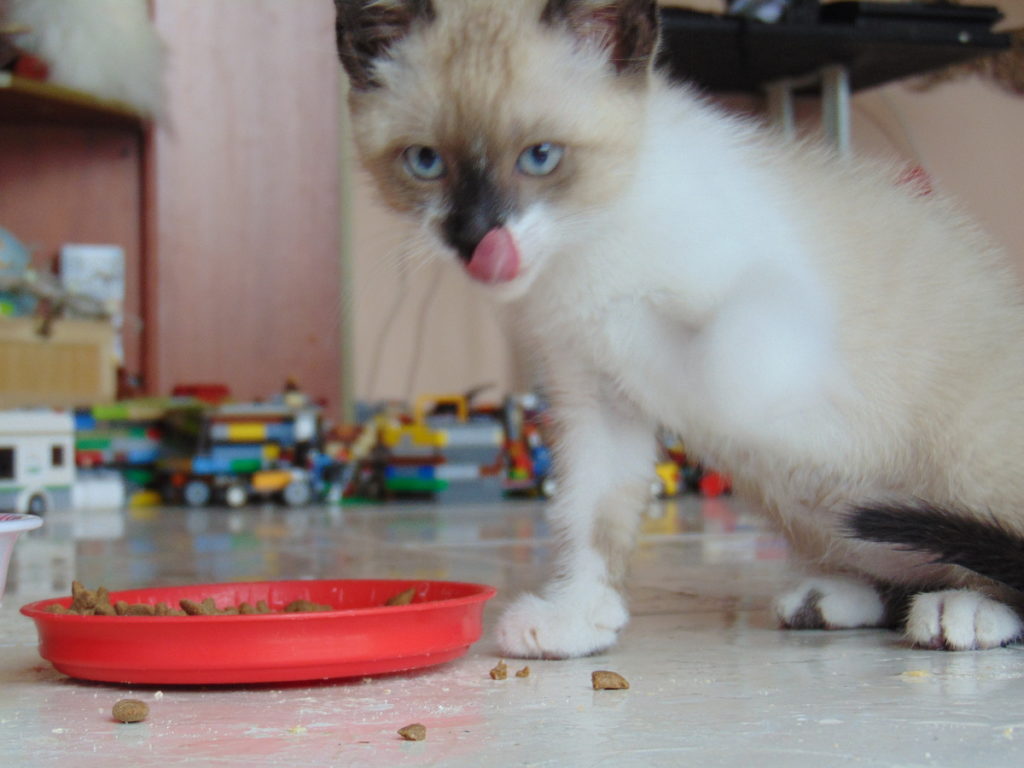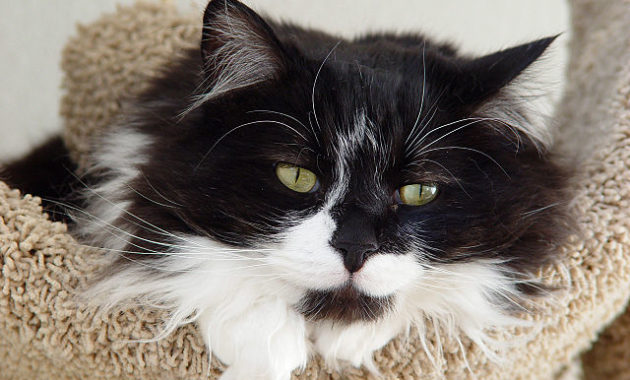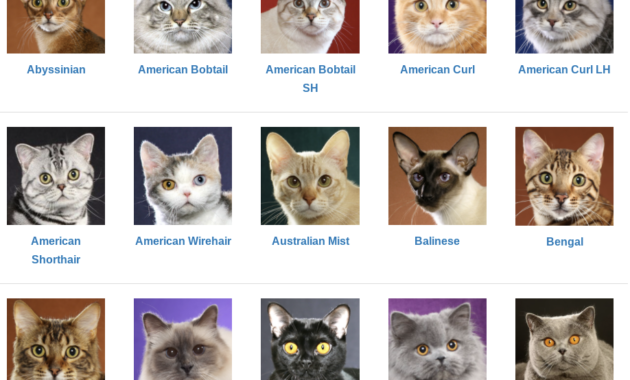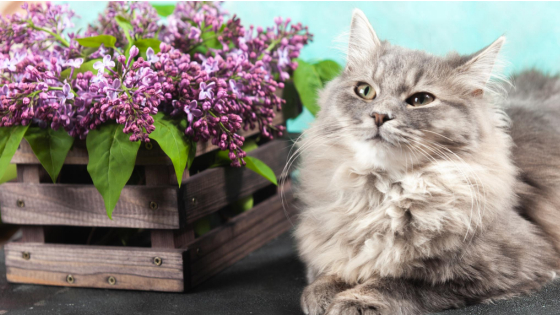As pet owners, we often pride ourselves on understanding our feline companions' needs and behaviors. However, amidst the subtle nuances of cat psychology lies the intricate realm of separation anxiety.
Have you ever pondered if your cat exhibits signs of this emotional distress when you're away? Recognizing these indicators is crucial for providing appropriate care and support.
By unraveling the complexities of separation anxiety in cats, we can enhance our bond with them and ensure their well-being.
Discover the telltale signs and strategies to address this issue effectively, paving the way for a harmonious relationship with your feline friend.
Key Takeaways
- Look for signs like peeing outside the litter box, increased vocalization, and excessive grooming.
- Implement changes in interactions and enrich the environment to address separation anxiety.
- Use supplements like l-theanine and alpha-casozepine for treating separation anxiety in cats.
- Diagnosing may require video recordings as cats can hide symptoms well; consider home remedies like adding perches and toys.
Understanding Cat Separation Anxiety
Understanding the intricacies of feline separation anxiety is crucial for pet owners to recognize and address behavioral changes in their cats proactively. Cats can develop separation anxiety due to various factors such as changes in routines or genetic predispositions.
This condition can manifest through behaviors like peeing outside the litter box, increased vocalization, destructive tendencies, excessive grooming, and heightened activity levels. Recognizing these signs early on can help in implementing appropriate interventions to alleviate the cat's distress.
Treatment strategies often involve modifying owner-pet interactions, providing environmental enrichment, and potentially using supplements like l-theanine and alpha-casozepine. Diagnosing separation anxiety may require careful observation, as cats are adept at concealing their symptoms.
Common Signs of Separation Anxiety
Recognizing the common signs of separation anxiety in cats is essential for proactive intervention and support. Cats experiencing separation anxiety may exhibit behaviors such as peeing outside the litter box, increased vocalization, destructive tendencies like scratching furniture, excessive grooming leading to bald patches, and heightened activity levels.
These signs often manifest when the cat is left alone or separated from their owner for extended periods. Observing these behaviors consistently can help in identifying if your cat is suffering from separation anxiety. Early recognition of these signs can lead to effective management strategies to help your cat cope with their anxiety and improve their overall well-being.
Effective Treatment for Separation Anxiety
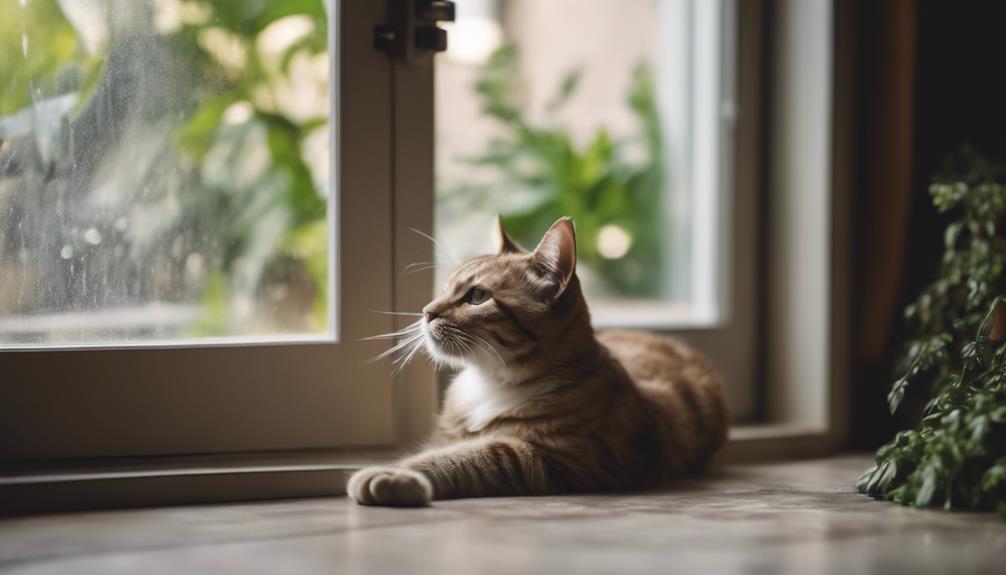
To effectively address separation anxiety in cats, implementing targeted treatment strategies is crucial for improving their emotional well-being and overall quality of life. Treatment for separation anxiety in cats often involves a combination of behavior modification techniques, environmental enrichment, and, in some cases, the use of supplements or medications.
Behavior modification techniques may include desensitization to departure cues, creating a predictable routine, and providing interactive toys or puzzles to keep the cat engaged. Environmental enrichment can be achieved by offering climbing structures, hiding spots, and window perches for outside views.
Additionally, supplements like l-theanine and alpha-casozepine can help calm anxious cats. It is essential to work closely with a veterinarian or animal behaviorist to develop a tailored treatment plan that addresses the specific needs of the individual cat.
Diagnosing Separation Anxiety in Cats
How can veterinarians accurately diagnose separation anxiety in cats? Diagnosing this condition can be challenging due to cats' tendency to hide symptoms well.
To effectively diagnose separation anxiety in cats, veterinarians typically follow these steps:
- Behavioral Observation: Veterinarians carefully observe the cat's behavior during interactions with the owner and when left alone to look for signs of distress.
- Review of Medical History: Understanding the cat's medical history can provide insights into any underlying health conditions that may be contributing to the anxiety.
- Video Camera Recordings: Recording the cat's behavior when alone using a video camera can help capture any signs of separation anxiety that may not be apparent during direct observation.
- Behavioral Questionnaires: Using standardized behavioral questionnaires can assist in evaluating the cat's behavior and identifying symptoms associated with separation anxiety.
Home Remedies for Separation Anxiety
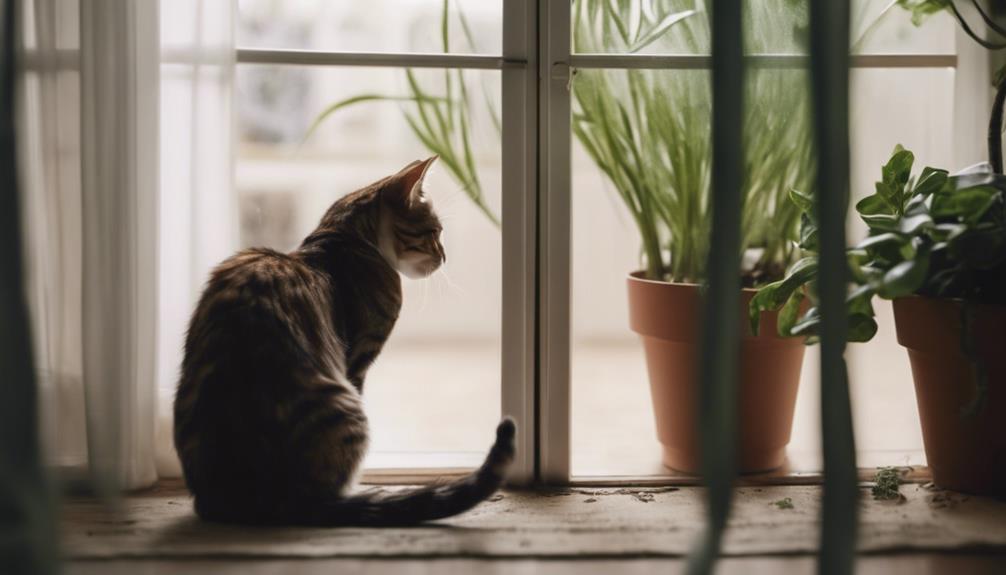
When addressing separation anxiety in cats, implementing home remedies can be beneficial in alleviating symptoms and improving the overall well-being of the feline companion. Simple measures such as creating a safe space with a perch for outside views can help reduce anxiety levels. Enrichment toys that provide mental stimulation and interactive feeders can keep cats engaged and distracted in the owner's absence.
Gradually increasing the time spent away from the cat can also help desensitize them to separation. Additionally, pheromone diffusers or sprays containing synthetic feline facial pheromones can create a calming environment. These home remedies, combined with positive reinforcement and a consistent routine, can significantly aid in managing and reducing separation anxiety in cats.
Preventing Separation Anxiety in Cats
Implementing consistent daily routines and creating a stimulating environment can play a key role in preventing separation anxiety in cats. To help your feline friend feel more secure and content when you're away, consider the following preventative measures:
- Establish a Regular Feeding Schedule: Cats thrive on routine, so feeding them at the same times each day can provide a sense of predictability.
- Provide Enrichment Activities: Interactive toys, puzzle feeders, and climbing structures can keep your cat engaged and mentally stimulated.
- Create Safe Hideaways: Offering cozy hiding spots or cat trees can give your cat a sense of security when they need some alone time.
- Gradually Accustom Your Cat to Alone Time: Start by leaving your cat alone for short periods and gradually increase the duration to help them adjust to your absence.
Conclusion
In unraveling the nuances of feline separation anxiety, pet owners can equip themselves with the knowledge needed to provide optimal care. By understanding the common signs, effective treatments, and preventative measures, one can navigate this delicate landscape with confidence.
Through a holistic approach encompassing alterations in dynamics and environmental enhancements, the well-being of our feline companions can be safeguarded.
With diligence and compassion, we can support our cats in overcoming separation anxiety and fostering a harmonious relationship.

